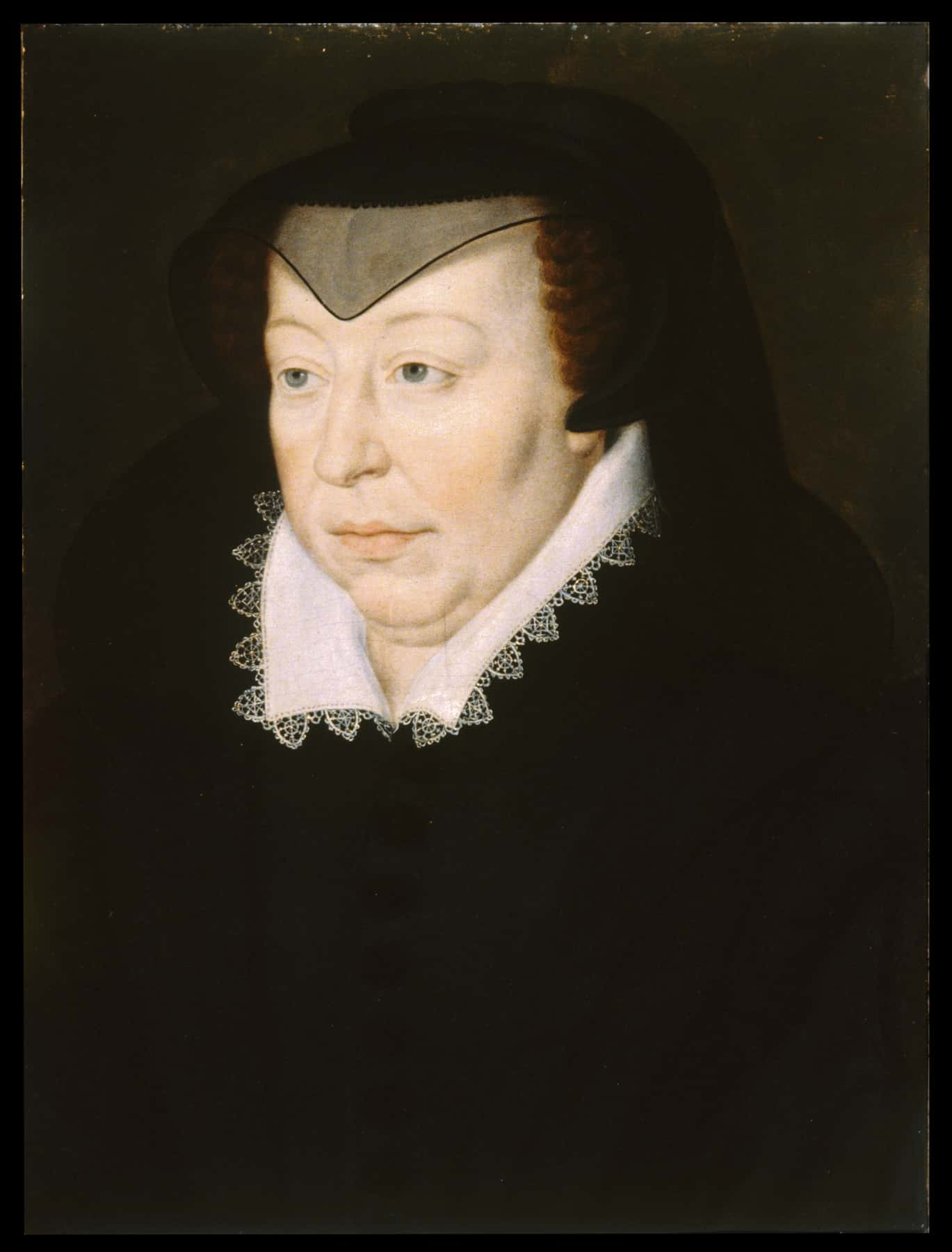Brilliance Beyond Belief
In the realm of extraordinary minds, one intellect stands above the rest. Here is everything fascinating about the “Boy Wonder of Harvard”. This is a tale of raw brilliance that surpasses expectations.

Birth In Boston
The winter of 1898 saw the arrival of the genius William James Sidis on April 1st in Boston, Massachusetts. Born to Jewish immigrant parents, Boris and Sarah, his birth would ultimately mark the beginning of one of America's most remarkable intellectual stories.
 BPL, CC BY 2.0, Wikimedia Commons
BPL, CC BY 2.0, Wikimedia Commons
Escape From Russia
His father, Boris Sidis, had fled the Russian Empire in 1887, escaping antisemitic persecution with only his most precious books. His dangerous journey included crossing borders at night, learning English while in transit, and carrying hopes for a better academic future.
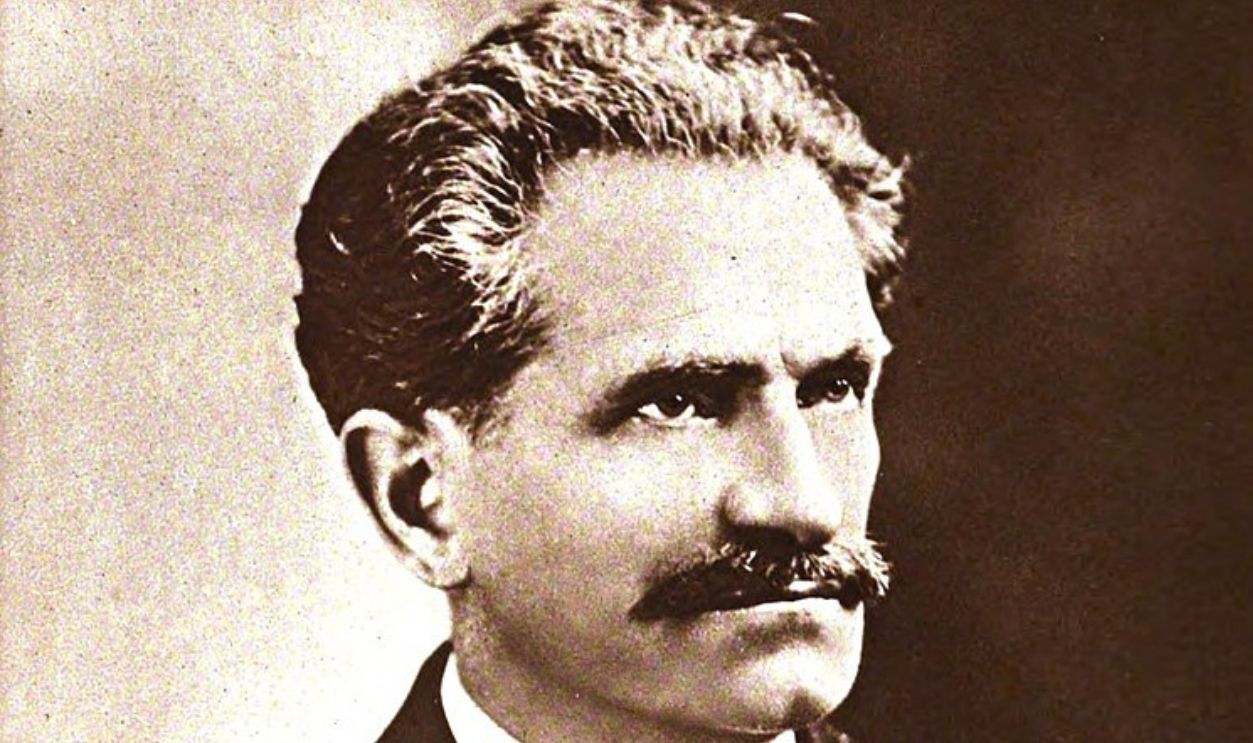 The Marden Studio, Wikimedia Commons
The Marden Studio, Wikimedia Commons
Scholarly Union
Besides, Sarah Mandelbaum, who had also escaped Russian pogroms, met Boris at Boston University. There, she completed her medical degree in 1897, a rare achievement for women then. Their marriage was a unity of two passionate minds dedicated to learning.
 Drknchkn, CC BY-SA 3.0, Wikimedia Commons
Drknchkn, CC BY-SA 3.0, Wikimedia Commons
Childhood Education
While Sarah read Greek myths as bedtime stories, Boris engaged William in complex psychological debates. Their intensive educational approach focused entirely on intellectual development. They deliberately chose to avoid any typical childhood activities or social interactions.
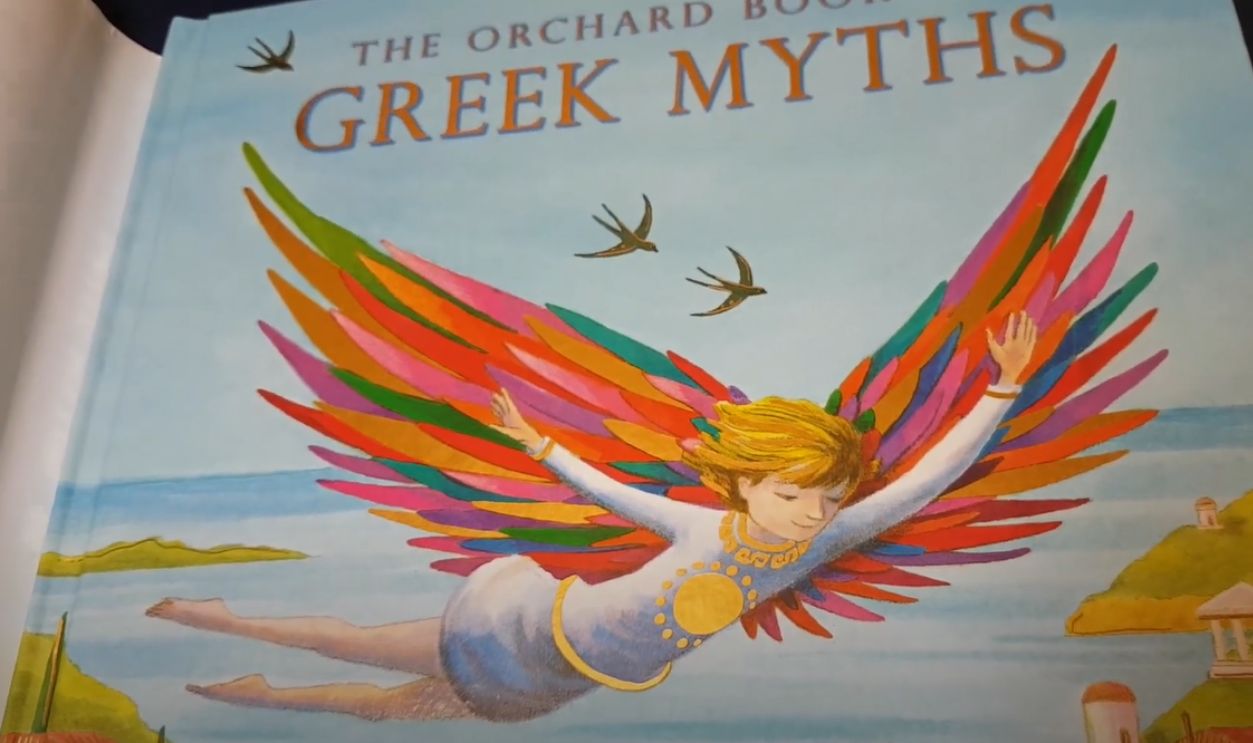 The Orchard Book of Greek Myths by Geraldine McCaughrean by Foolish Fish
The Orchard Book of Greek Myths by Geraldine McCaughrean by Foolish Fish
Early Reading Skills
At only eighteen months old, young William demonstrated his first extraordinary ability by reading The New York Times. Unlike typical childhood development, he showed full comprehension of complex sentences and could even explain article contents to visitors, who were amazed.
Creative Development
This might sound unbelievable, but between the ages of six and eight, William authored four books, including a novel and a constitution for a utopian society. He used to carry Shakespeare volumes to elementary school and worked on mathematical calculations for entertainment.
 Steve Evans from Citizen of the World, CC BY 2.0, Wikimedia Commons
Steve Evans from Citizen of the World, CC BY 2.0, Wikimedia Commons
Language Acquisition
Interestingly, William also came up with Vendergood, his own constructed language, that incorporated elements from Latin, Greek, German, and French. He developed eight distinct grammatical moods, including his original "strongeable" mood. This was unprecedented linguistic sophistication for a 7-year-old.
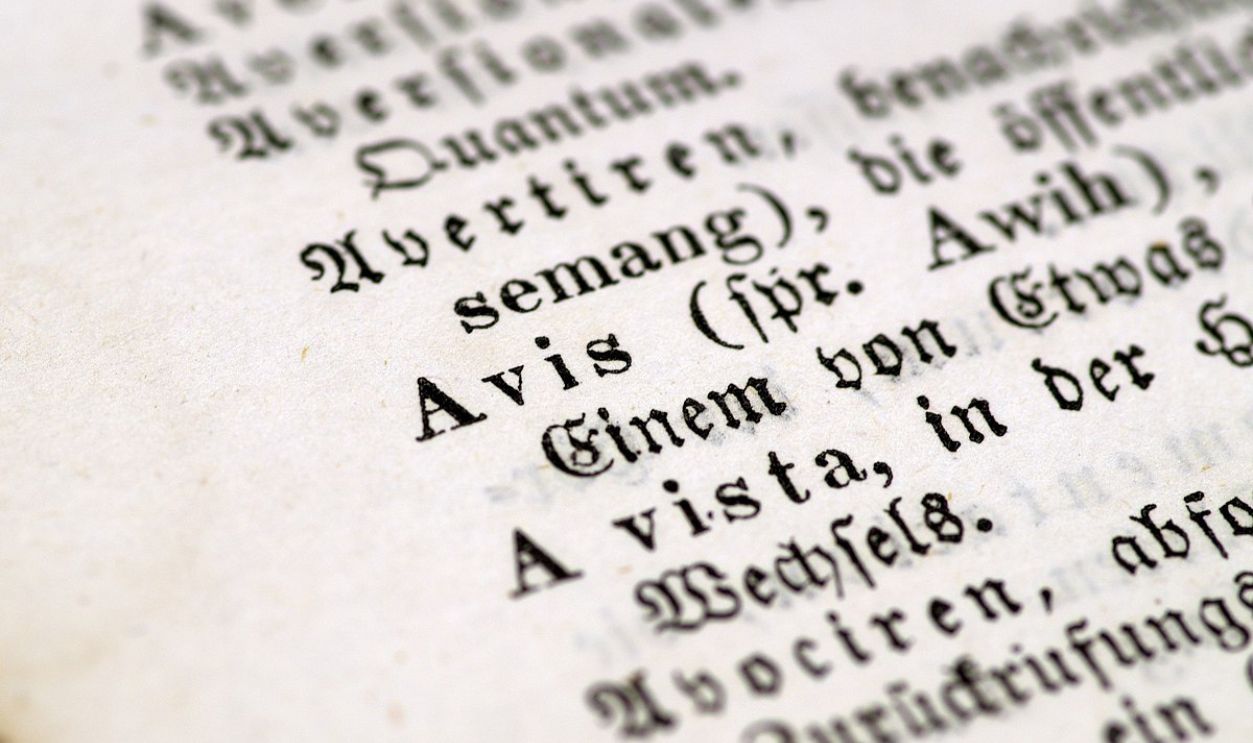 Arcaion, CC0, Wikimedia Commons
Arcaion, CC0, Wikimedia Commons
Numerical System Innovation
Vendergood employed a sophisticated base-12 numerical system, differing from traditional base-10. The counting system showed clear etymological roots: 'eis' (one), 'duet' (two), through 'dec' (twelve), with compound numbers like 'eidec' (thirteen) that combined base elements.

History's most fascinating stories and darkest secrets, delivered to your inbox daily.
Practical Language Application
The language included comprehensive test examples demonstrating its practical usage: "The toxoteis obscurit" (The bowman obscures), "Euni disceuo Vendergood" (I am learning Vendergood), displaying complex verb conjugations and grammatical structures in real-world applications.
Vendergood Manuscript
The Book of Vendergood, which was his second written work, was composed of structured chapters like “Imperfect and Future Indicative Active”. He included detailed explanations of Roman numerals' origins, historical linguistics, and innovative language design. However, the complete book remains unpublished.
Eight-Language Mastery
By the age of eight, William had mastered Greek, Latin, French, Russian, German, Hebrew, Turkish, and Armenian. His father documented that he could literally think natively in each language. He would switch between them effortlessly and even experience dreams in different languages.
Educational Advancement
Sidis possessed a rapid learning pace as he completed primary school in seven months and four years of high school in only six weeks. At age nine, having attended high school for less than a year, William was ready for college. This brought concerns regarding his social development.
Harvard Says No
But here comes a shocker. Despite passing all entrance examinations perfectly, Harvard rejected William when he was 9 years old. Concerns about his stature and social development, rather than intellectual ability, led to the decision, which raised discussions about prodigy education.
 Richard Rummell, Wikimedia Commons
Richard Rummell, Wikimedia Commons
Record Harvard Admission
Then, in 1909, Harvard finally admitted eleven-year-old brilliant William. This stood as a historical record, as he was the youngest enrollee. He didn't just match adult students but exceeded them. Sidis also corrected professors' calculations and completed assignments in multiple languages for intellectual stimulation.
 Daderot., CC BY-SA 3.0, Wikimedia Commons
Daderot., CC BY-SA 3.0, Wikimedia Commons
Mathematics Lecture
During this time, William’s presentation on four-dimensional bodies to the Harvard Mathematical Club became legendary. Even Norbert Wiener, another famous prodigy in attendance, noted that this individual's understanding surpassed graduate-level work, impressing seasoned mathematics professors.
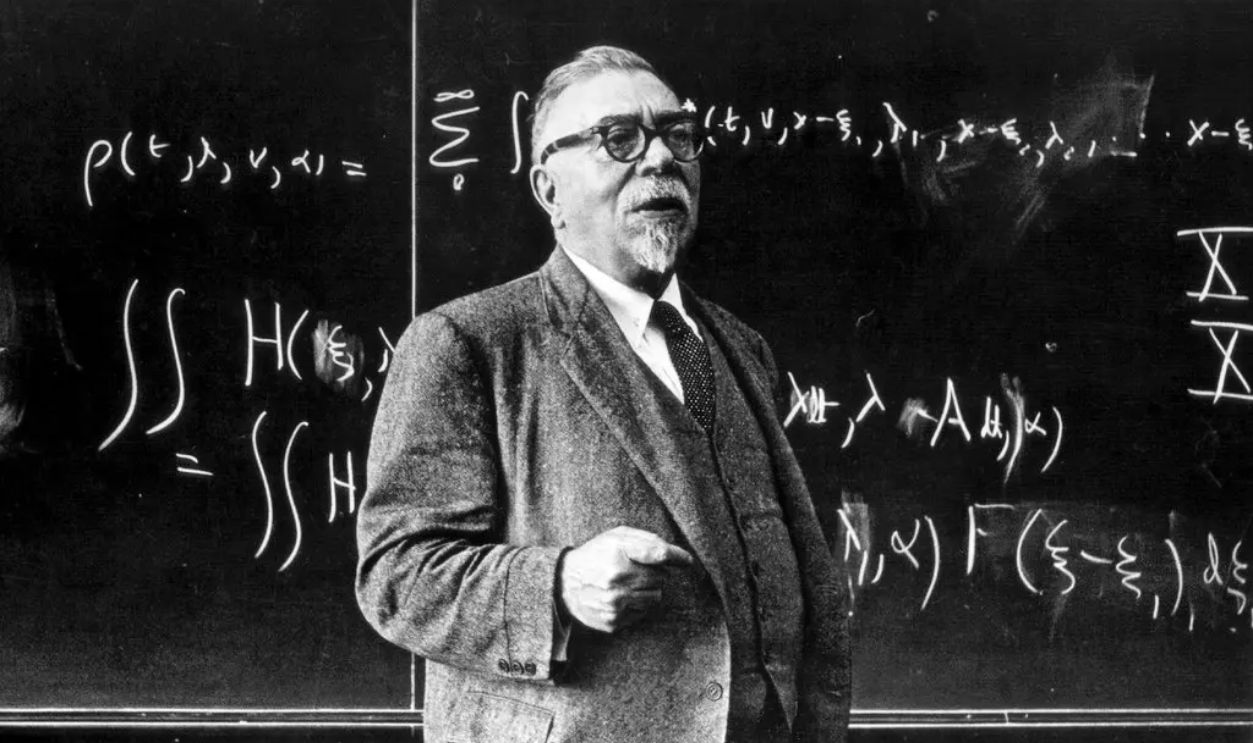 M.I.T. archives, CC0, Wikimedia Commons
M.I.T. archives, CC0, Wikimedia Commons
Prodigy's Lecture
On January 5, 1910, about a hundred professors and advanced mathematics students gathered at Harvard to listen to Sidis speak. At the time, he was only eleven years old but did so well that even some educated members of the audience were unable to follow his processes.
 HBS1908, CC BY-SA 3.0, Wikimedia Commons
HBS1908, CC BY-SA 3.0, Wikimedia Commons
Comparison To Gauss
MIT physics professor Daniel F. Comstock likened William James Sidis's mathematical abilities to those of Carl Friedrich Gauss. Comstock apparently noted similarities in their problem-solving approaches but highlighted Sidis's additional strengths in linguistics. Gauss had started calculating even before he could speak properly.
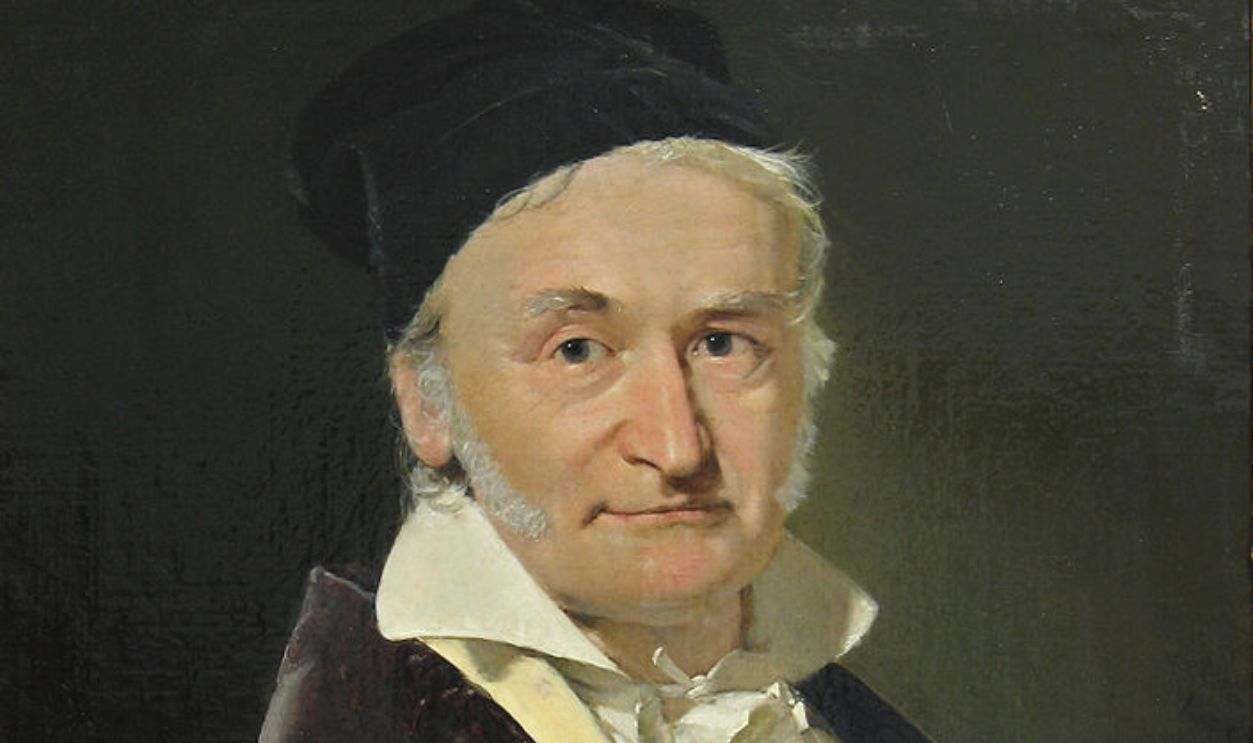 Christian Albrecht Jensen, Wikimedia Commons
Christian Albrecht Jensen, Wikimedia Commons
Early Graduation
On June 18, 1914, William graduated cum laude from Harvard at 16. His transcript was a mix of A's, B's, and C's, proving his intelligence. Right after graduating, Sidis told reporters, "I want to live the perfect life. The only way to live the perfect life is to live it in seclusion”.
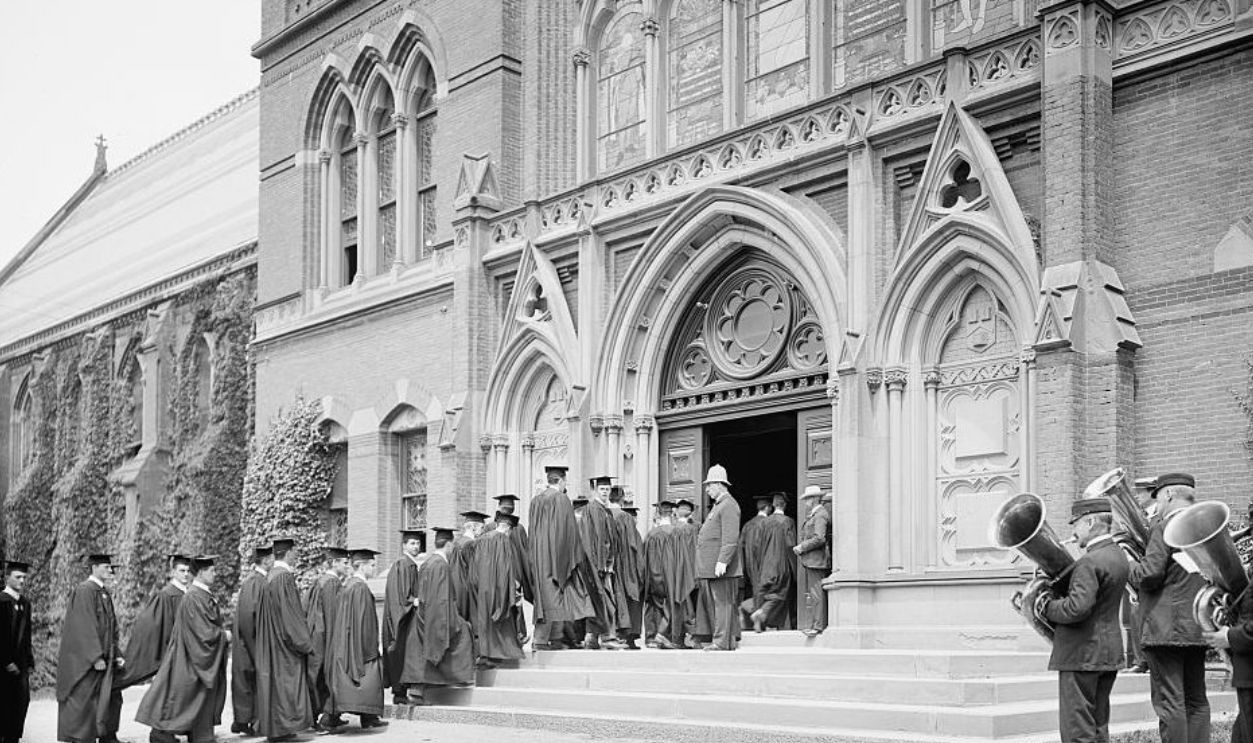 Unknown Author, Wikimedia Commons
Unknown Author, Wikimedia Commons
Romantic Interest
Despite his earlier declarations of preferring seclusion, this genius developed a strong affection for Martha Foley. Sidis had met Foley while jailed for participating in a communist anti-war rally. He enrolled in the Harvard Graduate School of Arts and Sciences because he was drawn to Foley.
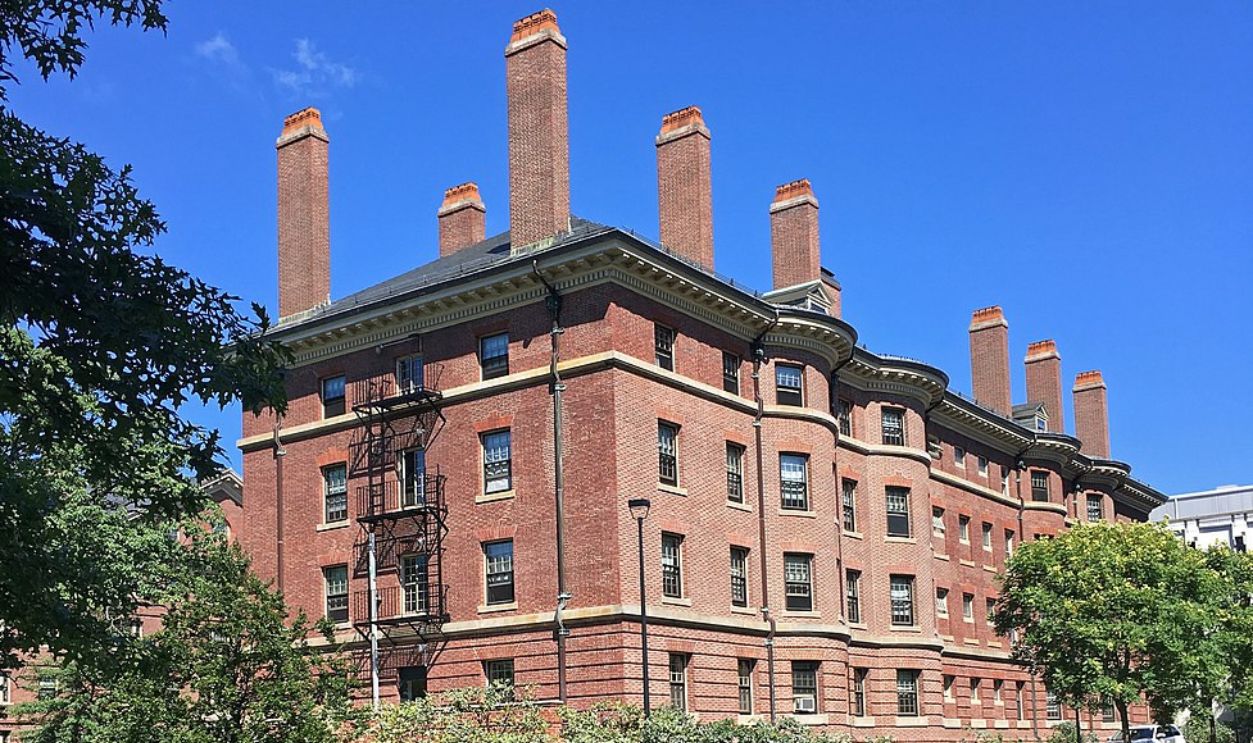 Mbpl19, CC BY-SA 4.0, Wikimedia Commons
Mbpl19, CC BY-SA 4.0, Wikimedia Commons
Teaching Position
At the age of 17, Sidis took a job at the William Marsh Rice Institute (now Rice University) for the Advancement of Letters, Science, and Art in Texas as a mathematics teacher. He arrived at Rice in December 1915 and was a graduate working toward his doctorate.
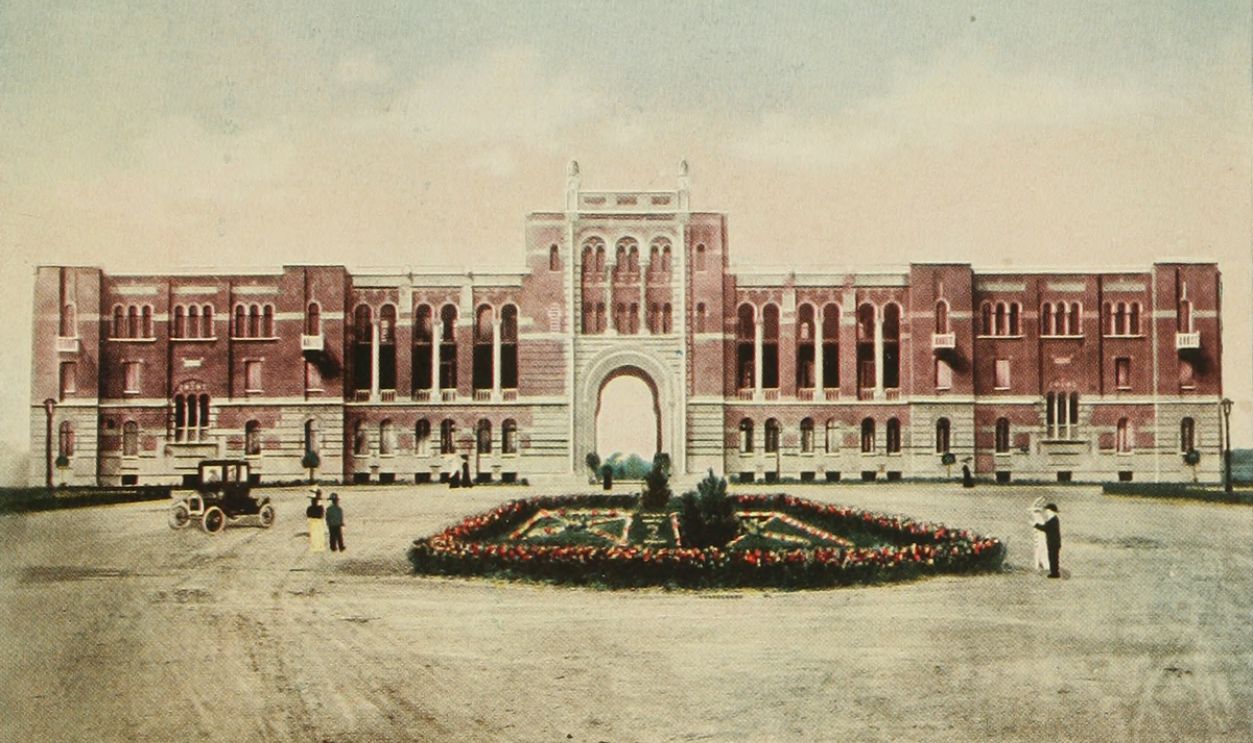 Jerome H. Farbar, Wikimedia Commons
Jerome H. Farbar, Wikimedia Commons
Brief Teaching Stint
Here, he taught three classes: Euclidean geometry, non-Euclidean geometry, and freshman math. Sidis also wrote a textbook for the Euclidean geometry course in Greek. After less than a year, feeling frustrated with the department, he left this position and returned to New England.
 Jakub T. Jankiewicz, CC0, Wikimedia Commons
Jakub T. Jankiewicz, CC0, Wikimedia Commons
Law School Journey
After leaving Rice University, Sidis enrolled at Harvard Law School in September 1916, leaving behind his pursuit of a graduate degree in mathematics. Of course, he maintained good academic standing throughout his studies but then withdrew in March 1919 during his final year.
 Kenneth C. Zirkel, CC BY 4.0, Wikimedia Commons
Kenneth C. Zirkel, CC BY 4.0, Wikimedia Commons
Political Activities
In 1919, William participated in a socialist May Day parade in Boston that turned violent. As a result of his early graduation from Harvard, his arrest was widely publicized in newspapers. It brought to light his transformation from a celebrated prodigy to a controversial political figure.
Sedition Sentence
Judge Albert F. Hayden sentenced the young man to eighteen months under the Sedition Act of 1918. Sidis stated throughout the trial that he was a socialist who had opposed conventional Christian ideas and had been a conscientious objector to the WWI draft.
Rehabilitation Period
In order to prevent imprisonment, Boris, his father, made arrangements for alternative treatment. Hence, Sidis spent just one year in their New Hampshire sanatorium and another in California. However, he faced threats of asylum transfer if he resisted reformation attempts.
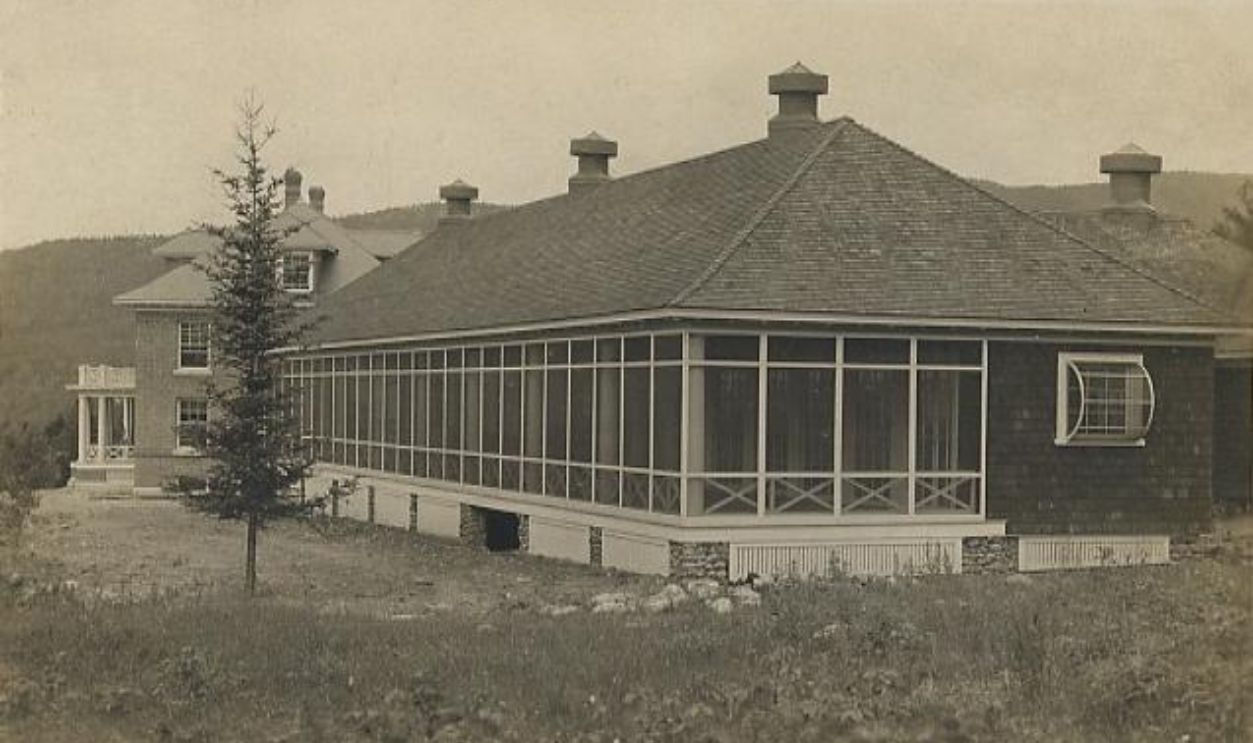 Unknown photographer, Wikimedia Commons
Unknown photographer, Wikimedia Commons
Independent Living
After going back to the East Coast in 1921, Sidis chose to live an independent and private life. After deliberately distancing himself from his parents, he took simple clerical jobs, collecting streetcar transfers and pursuing his personal academic pursuits away from the spotlight.
Career Shifts
However, he was faced with ongoing restrictions in Massachusetts, which limited his options. This left him concerned for years about his risk of arrest. Also, he would immediately quit any job whenever colleagues figured out his true identity or past achievements, protecting his anonymity.
 Ajay Suresh from New York, NY, USA, CC BY 2.0, Wikimedia Commons
Ajay Suresh from New York, NY, USA, CC BY 2.0, Wikimedia Commons
Literary Contributions
Under various pseudonyms, this brilliant figure published significant works. These were Passaconaway in the White Mountains (1916), The Animate and the Inanimate (1925), and Notes on Collection of Transfers (1926), once again proving continued intellectual engagement.
Book Development
Written as early as 1916 but published in 1925, The Animate and the Inanimate was one of the few works Sidis published under his real name. The book apparently emerged from his interest in William James's “reserve energy” theory about human potential.
 Discover the Magic of The Animate and the Inanimate by Chapter One
Discover the Magic of The Animate and the Inanimate by Chapter One
Cosmological Theory
Here, Sidis proposed an infinite universe containing regions of “negative tendencies” where physics laws operate in reverse, contrasting with “positive tendencies” areas. These regions swap over time epochs, crafting a dynamic universal balance of opposing forces.
Life Origins Research
He challenged conventional origin theories by proposing life's eternal existence and continuous evolution. Sidis supported Eduard Pfluger's cyanogen-based life theory, citing natural examples like non-lethal cyanogen in almonds as evidence. Pfluger was a 19th-century German physiologist.
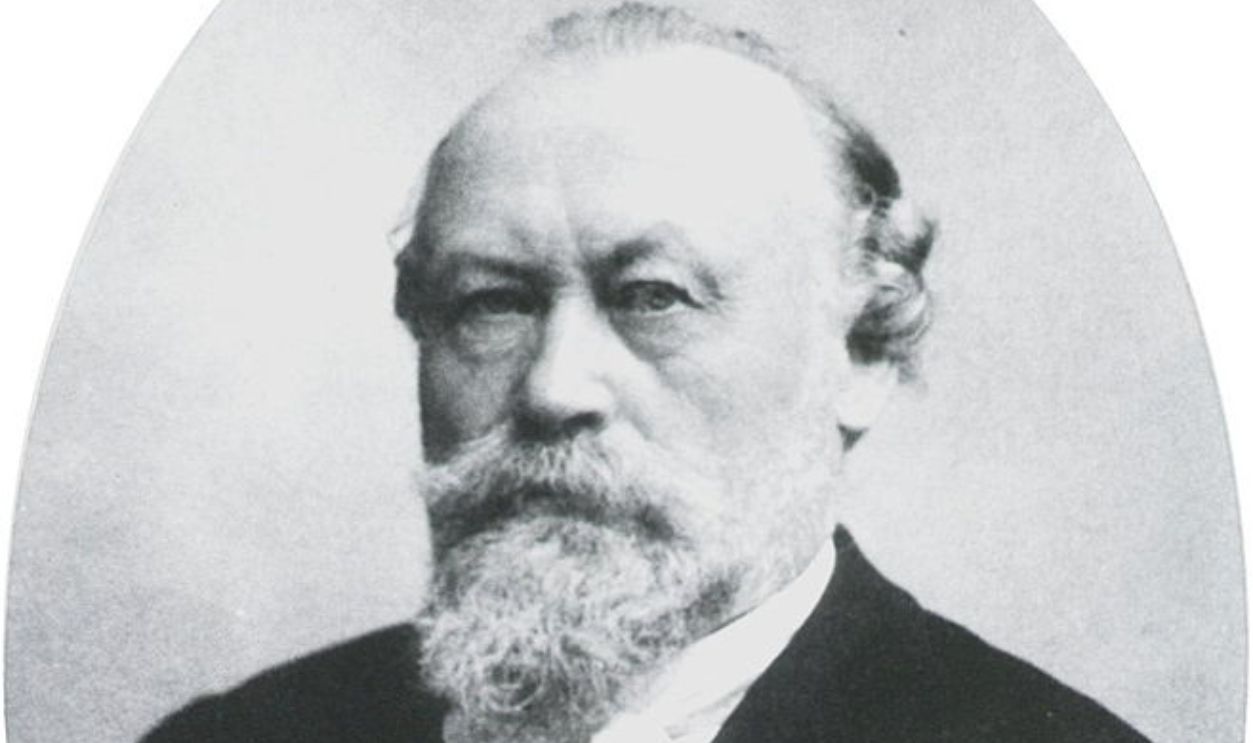 http://ihm.nlm.nih.gov/images/B20867, Wikimedia Commons
http://ihm.nlm.nih.gov/images/B20867, Wikimedia Commons
Theoretical Synthesis
The book merged mechanistic and vitalist models in his groundbreaking work while exploring panspermia theories proposed by Lord Kelvin and Hermann von Helmholtz. He mentioned stars as conscious entities undergoing eternal light-dark cycles and reversing thermodynamic laws during dark phases.
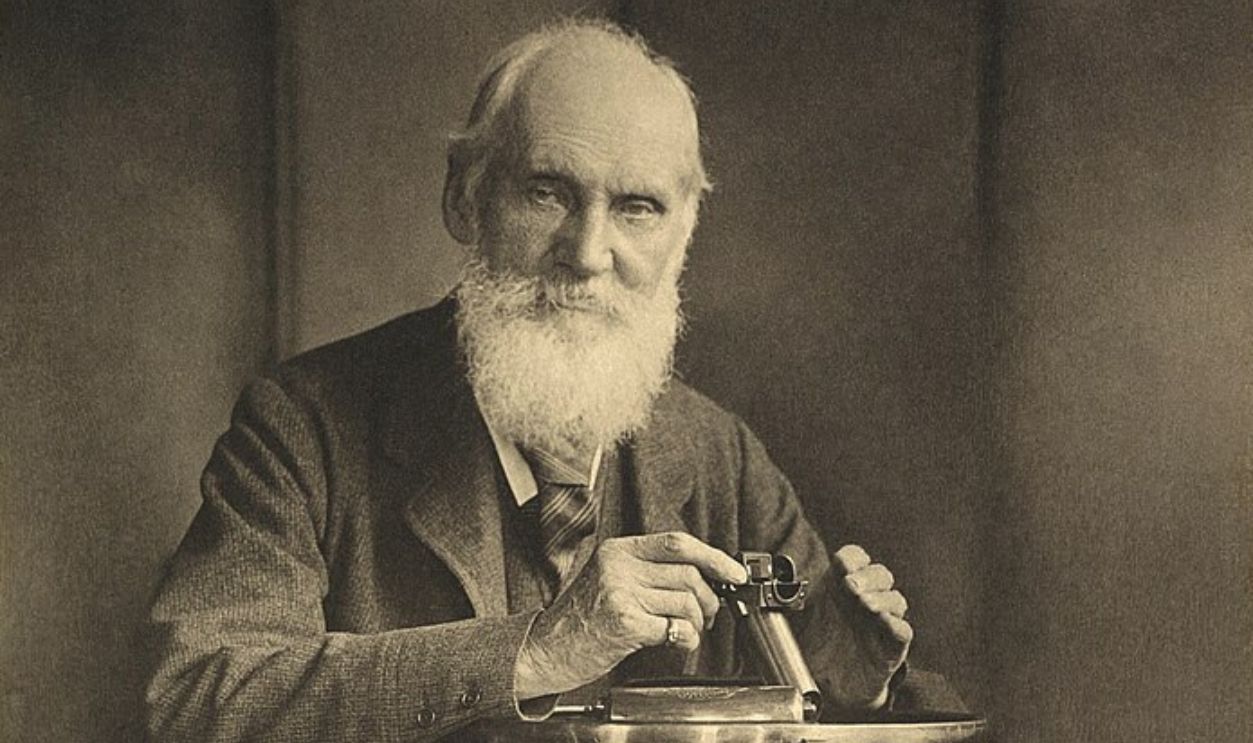 T. & R. Annan & Sons; Adam Cuerden[1], Wikimedia Commons
T. & R. Annan & Sons; Adam Cuerden[1], Wikimedia Commons
Posthumous Scientific Validation
When Sidis's 1925 manuscript emerged from an attic in 1979, Buckminster Fuller, his former Harvard classmate, recognized its predictions about black holes and cosmic structure. Fuller's letter to Gerard Piel celebrated Sidis's profound cosmological understanding. He also found parallels with his own SYNERGETICS work.
 Steve Yelvington, CC BY-SA 4.0, Wikimedia Commons
Steve Yelvington, CC BY-SA 4.0, Wikimedia Commons
Transportation Passion
Did you know that this intelligent man coined the term "peridromophile”? In 1926, writing under the pseudonym "Frank Folupa," he used the term to describe himself and other transport enthusiasts. Sidis wrote a treatise on streetcar transfers titled "Notes on the Collection of Transfers".
 Robert Taylor from Stirling, Canada, CC BY 2.0, Wikimedia Commons
Robert Taylor from Stirling, Canada, CC BY 2.0, Wikimedia Commons
Native American Studies
Around 1935, William Sidis wrote the book The Tribes and the States, which was a 620-page manuscript. The text talks about the history of North America, particularly the Northeast, up to 1815, with a focus on American Indian tribal governments.
 Unknown Author, Wikimedia Commons
Unknown Author, Wikimedia Commons
The Tribes And The States
It tells us about how American democracy has its beginnings in the Iroquois and Algonquin tribal governments from way back in the prehistoric and early colonial days in the Northeast. He analyzed indigenous sociopolitical institutions, such as the adoption of foreigners.
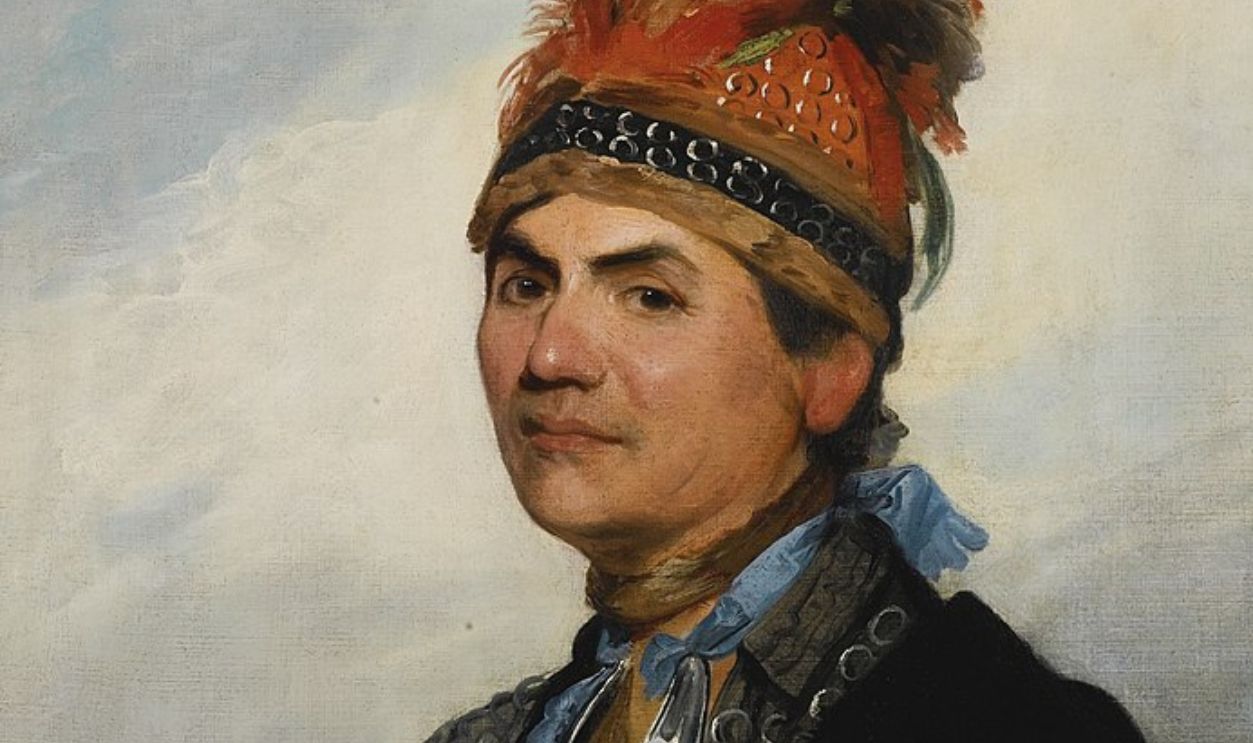 Gilbert Stuart, Wikimedia Commons
Gilbert Stuart, Wikimedia Commons
Historical Research
Under the pseudonym John W. Shattuck, Sidis studied wampum belts as sophisticated Native American writing systems. These explained how colored bead patterns conveyed specific messages across different languages. He also documented their role in preserving treaties and historical records.
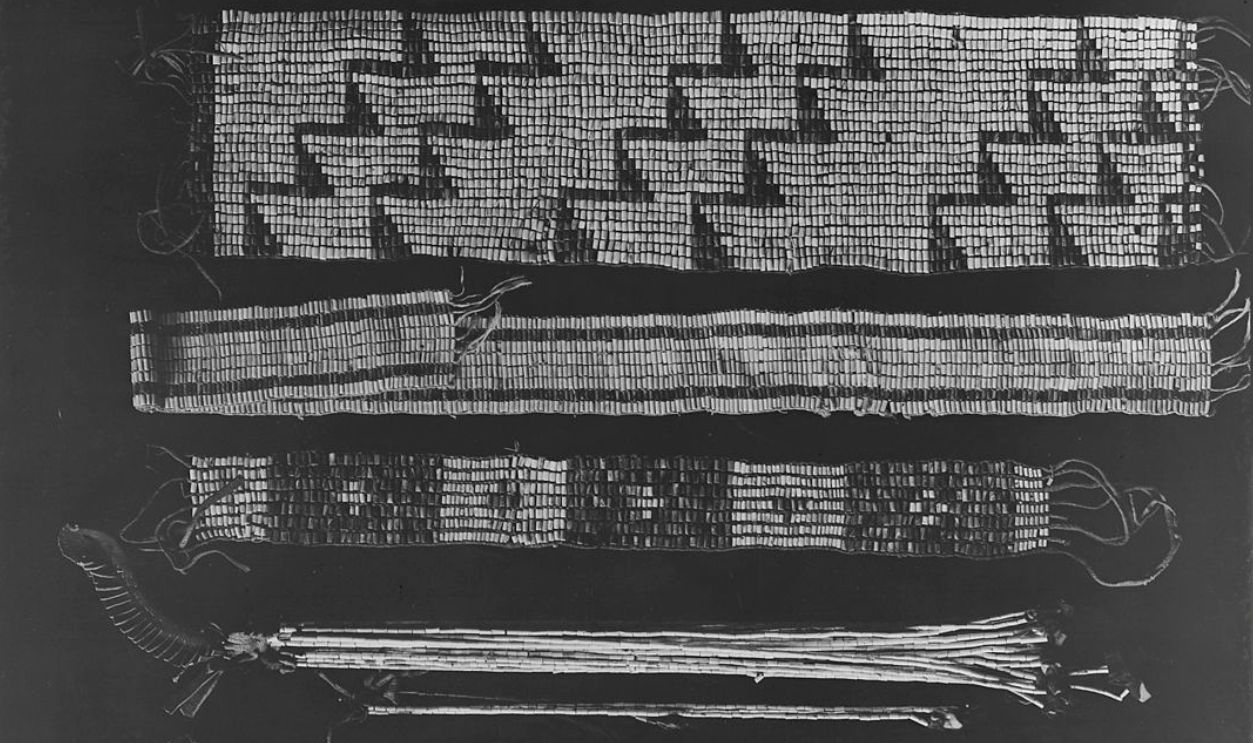 National Archives at College Park, Wikimedia Commons
National Archives at College Park, Wikimedia Commons
Mathematical Invention
Sidis received a patent in 1930 for his rotary perpetual calendar that took into account leap years. The invention relates to perpetual calendars in which weekdays can be easily found. It also avoids cross-reference tables or complex mechanisms, which have been features of perpetual calendars.
Civil Service Experience
Also, in 1933, he took a civil service exam in New York but got a pretty low ranking of 254. He expressed his disappointment in a private letter, calling the result “not so encouraging”. Some speculate that the ranking was his placement on the list after passing the exam.
 Samuel Gottscho, Wikimedia Commons
Samuel Gottscho, Wikimedia Commons
Media Battle And Legal Action
In 1937, The New Yorker's "Where Are They Now?" article depicted Sidis living modestly in Boston's South End. He sued for invasion of privacy and libel, claiming public ridicule and mental anguish. Though losing the privacy case, he secured $3,000 for a settlement.
Final Years
It is said that as Sidis saw his last days coming, he spent his years avoiding mathematics, claiming formulas made him physically ill. He soon preferred simple tasks and often expressed frustration when people wouldn't let him work quietly on basic calculations.
Death And Legacy
On July 17, 1944, the influential William James Sidis died from a cerebral hemorrhage in his Boston boarding house. He was discovered by his landlady. Once celebrated as the world's brightest mind, he passed away at forty-six, living as a reclusive clerk earning minimal wages in complete obscurity.
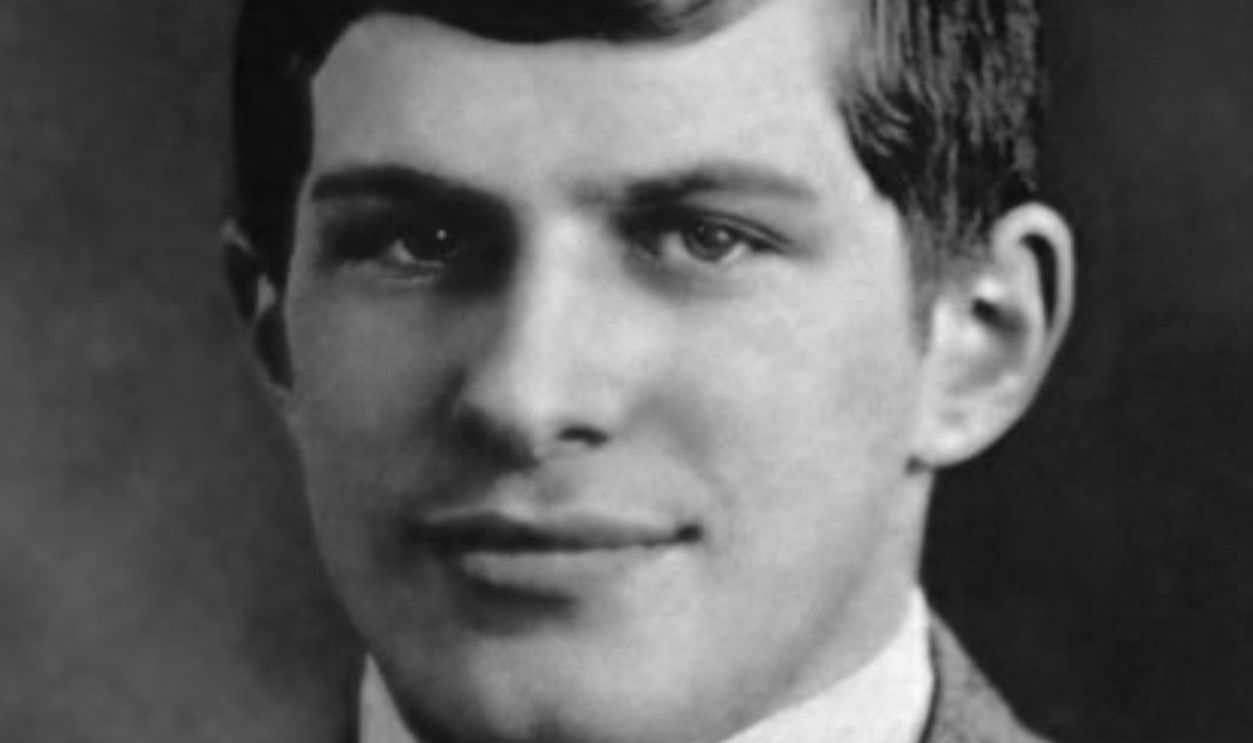 The Sidis Archives, Wikimedia Commons
The Sidis Archives, Wikimedia Commons
Controversial Intelligence Claims
Helena Sidis claimed her brother scored between 250–300 on an IQ test before his demise. However, this was mostly a misinterpretation of his 254th placement on the Civil Service exam. The family, especially Helena and Sarah, had a reputation for exaggerating William's abilities.
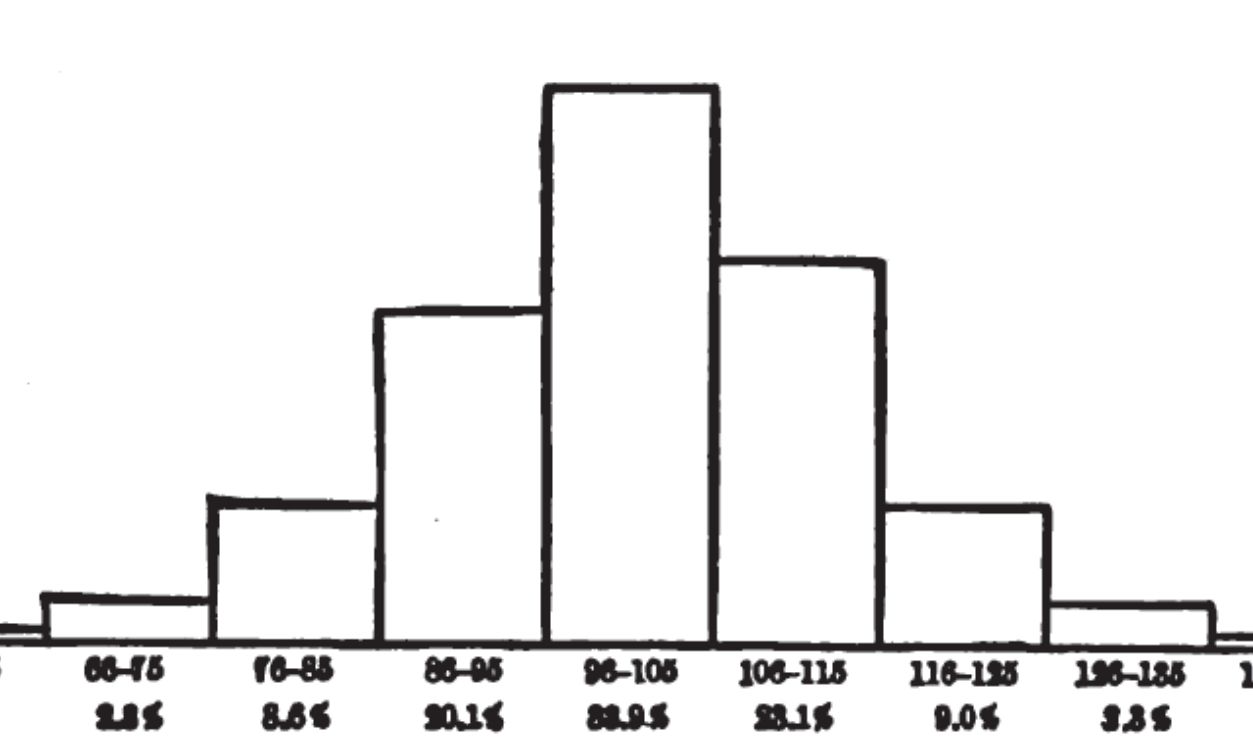 http://www.gutenberg.org/ebooks/20662, Wikimedia Commons
http://www.gutenberg.org/ebooks/20662, Wikimedia Commons
Literary And Cultural Impact
Sidis's amazing life influenced literature in many genres and nations. Norbert Wiener explored his genius in Ex-Prodigy, while Robert Pirsig extensively analyzed his Native American theories in Lila. Danish author Brask and German writer Zehrer also created biographical novels examining his complex journey.
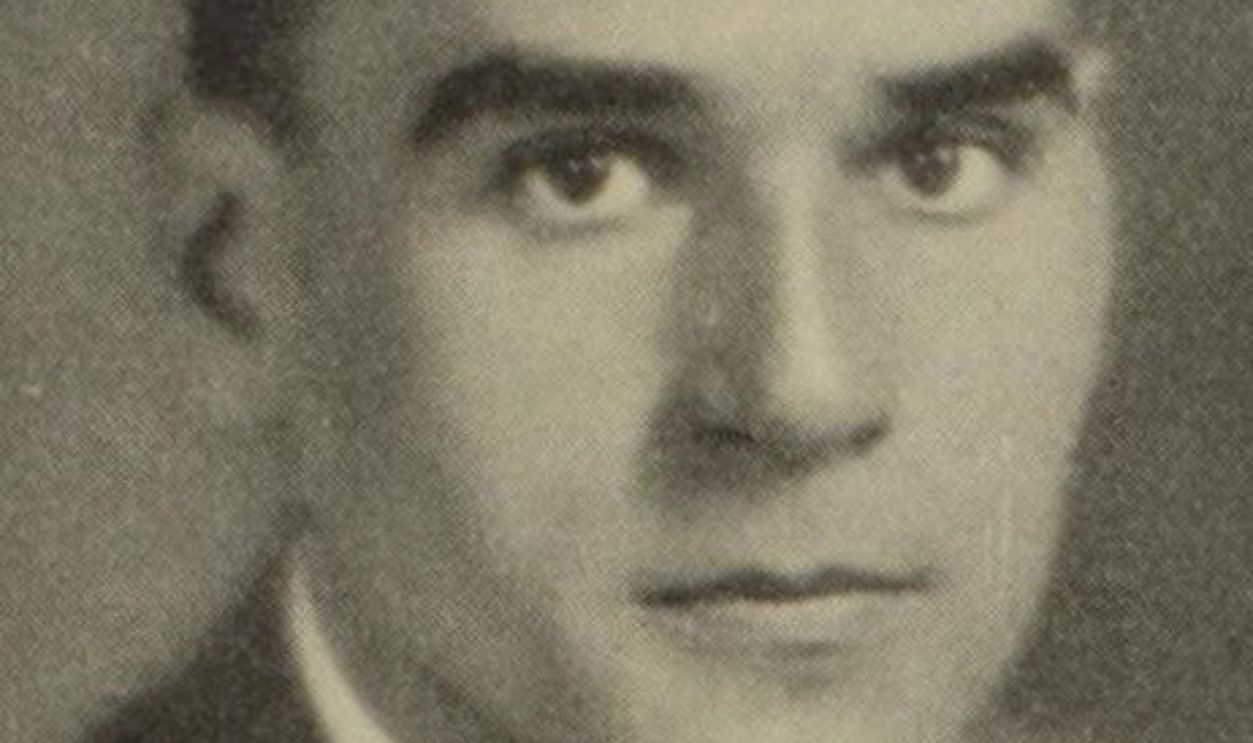 Unknown Author, Wikimedia Commons
Unknown Author, Wikimedia Commons
















